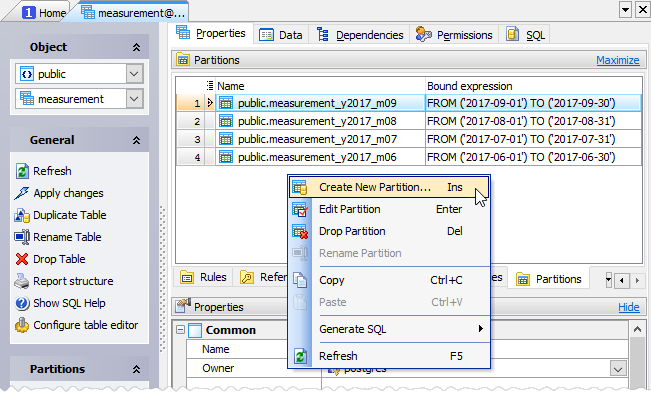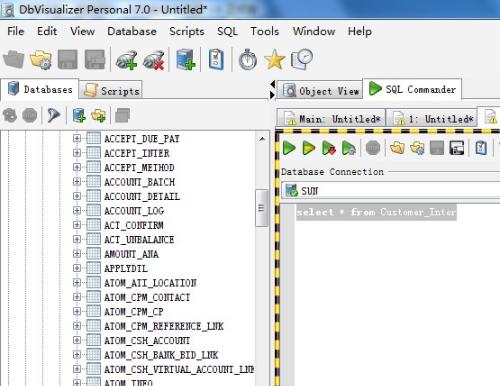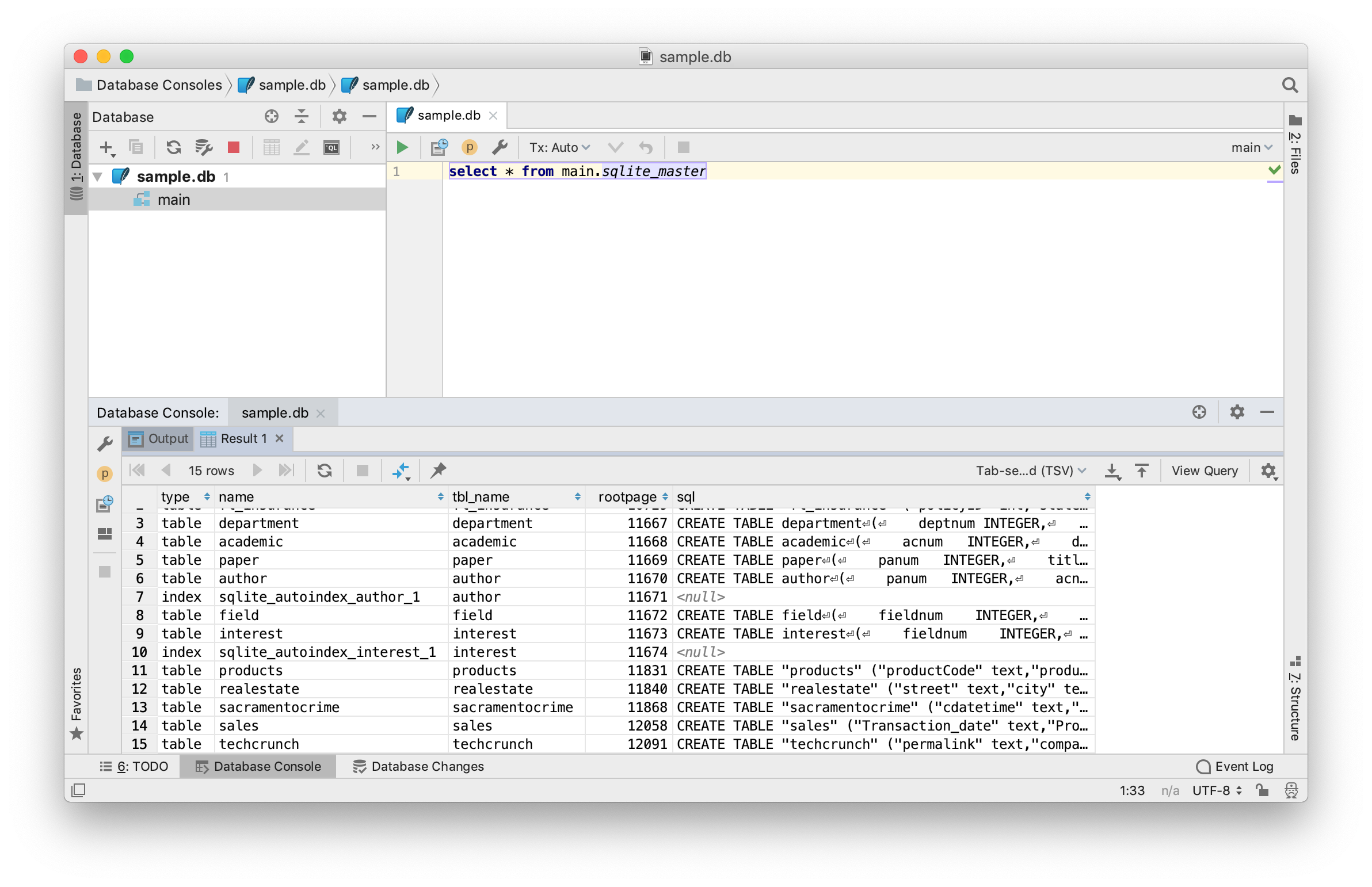

- #Postgres dbvisualizer how to
- #Postgres dbvisualizer install
- #Postgres dbvisualizer drivers
- #Postgres dbvisualizer plus
We're not going to explain the differences here, just give you the hint that the "type 4," aka "thin," drivers are the easiest to maintain, since they are pure Java drivers and do not depend on any external DLL's or dynamic libraries.
#Postgres dbvisualizer install
The Databases and JDBC Drivers web page describes where you can download some drivers and also what additional steps may be needed to install and load the driver in DbVisualizer.ĭrivers are categorized into 4 types. ZIP files need to be unpacked to make the driver files loadable in the Driver Manager. Some drivers are delivered in ZIP or JAR format. Make sure to read the installation instructions provided with the driver. You can download Drivers that is accessible via Maven or HTTP directly in the Driver Manger.įor proprietary drivers you need to download the driver to an appropriate directory. A good place too search for drivers distributed with Maven is Many drivers are accessible from Maven or HTTP download sites.
#Postgres dbvisualizer plus
To find a JDBC driver for your database, go to the database vendor's website or search for the name of the database plus the word JDBC. The following web page contains an up-to-date listing of the database/driver combinations we have tested and supports via templates:įor other databases/drivers you need to use the Custom Template and do all the configuration. This is done from a predefined template in the Driver Manager. If you need to connect to a database that is not supported by a bundled JDBC driver template, you must create a user configuration for a JDBC driver that works with your database type and version. The Driver Manager is used to create driver configurations. If you only need to connect to databases of these types, you can skip the rest of this chapter and jump straight to the Creating a Connection page, because by default, DbVisualizer creates a user configuration for these drivers automatically when you create a connection. Currently, drivers for Azure SQL Database, Db2, Greenplum, H2, JavaDB/Derby, Mimer SQL, MySQL, NuoDB, Oracle, PostgreSQL, SQLite, Vertica, Yellowbrick as well the jTDS driver for SQL Server and Sybase, are included with DbVisualizer. Get the JDBC driver file(s)ĭbVisualizer comes bundled with ready-to-use drivers in predefined templates for the most commonly used JDBC drivers that have licenses that allow for distribution with a third party product.
#Postgres dbvisualizer how to
The following sections describe the steps for installing a JDBC Driver, and also how to configure DbVisualizer to use JNDI to obtain a database connection. To establish a connection to a database, DbVisualizer loads the driver and then gets connected to the database through the driver. A JDBC driver implements all details for how to communicate with a specific database and database version, and there are drivers available from the database vendors themselves as well as from third parties. All JDBC drivers conform to the JDBC specification and its standardized Java programming interfaces. That job is done by a JDBC driver, which is a set of Java classes. DbVisualizer does not deal directly with how to communicate with each database type.


ĭbVisualizer is a generic tool for administration and exploration of databases. need to add a Driver that does not exist in the list of default drivers.need to have several versions of the same JDBC driver loaded simultaneously,.want to learn how the Driver Manager in DbVisualizer works,.If, however, any of the these things apply to you, keep on reading: If a JDBC driver for your database is bundled with DbVisualizer, see Driver Info on the Supported Databases page, you typically do not need to read this chapter. This page describes the way JDBC drivers are managed in DbVisualizer.


 0 kommentar(er)
0 kommentar(er)
